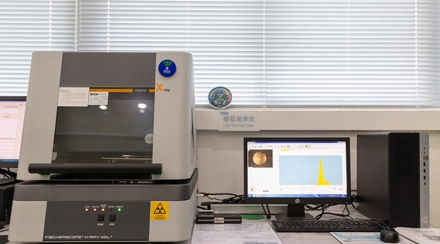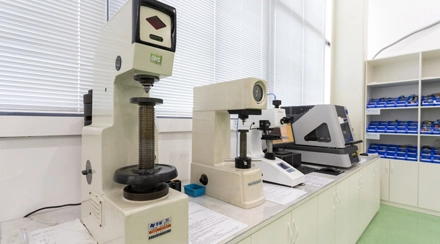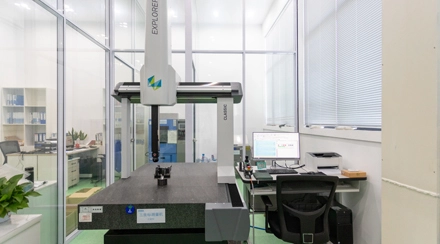Turning is the main purpose of machining rotating bodies. On the lathe it is possible to machine external rounds, end faces, tapers, turn molded surfaces, turn threads, wind springs, etc. In addition, it can also drill, ream, ream, tapping and so on. Turning machining accuracy is generally IT8-IT7, surface roughness of Ra6.3-1.6μm; fine turning, machining accuracy of up to IT6-IT5, roughness of up to Ra0.4-0.1μm. (Refer to different information results may be a little different). At BulkTEK, we pride ourselves on being leading turning machining suppliers and turning machining manufacturers, offering top-notch special purpose machining solutions. Our turning services are designed to meet the highest standards of quality and precision. With a focus on turning precision, we ensure that every component we produce meets your exact specifications. Trust BulkTEK for reliable, efficient, and innovative machining solutions tailored to your unique needs.
Easy to ensure the positional accuracy of each machining surface of the workpiece (coaxiality requirement, perpendicularity requirement)
High production efficiency
Low production cost
Applicable to a wide range of materials for processing
At BulkTEK, we specialize in turning and machining for single piece or small batch production, catering to a variety of shafts, disks, and sets of parts. These components are predominantly processed using a wide range of horizontal lathes or CNC lathes to ensure adaptability and precision. For parts with large diameters and short lengths, we utilize vertical lathes to achieve optimal results. When it comes to batch production of more complex shapes, especially those with internal holes and threads, our turret lathes are the ideal choice. Our expertise in manufacturing turning and custom turning machining ensures that every part meets the highest standards of quality and accuracy. Trust BulkTEK for all your specialized machining needs.
Milling and turning are both common processes in metalworking. Milling is a process of cutting with a tool on a milling machine and can be used to machine a variety of complex parts. Turning, on the other hand, is a process in which the workpiece material is removed on a lathe by rotating the workpiece in the active direction.


